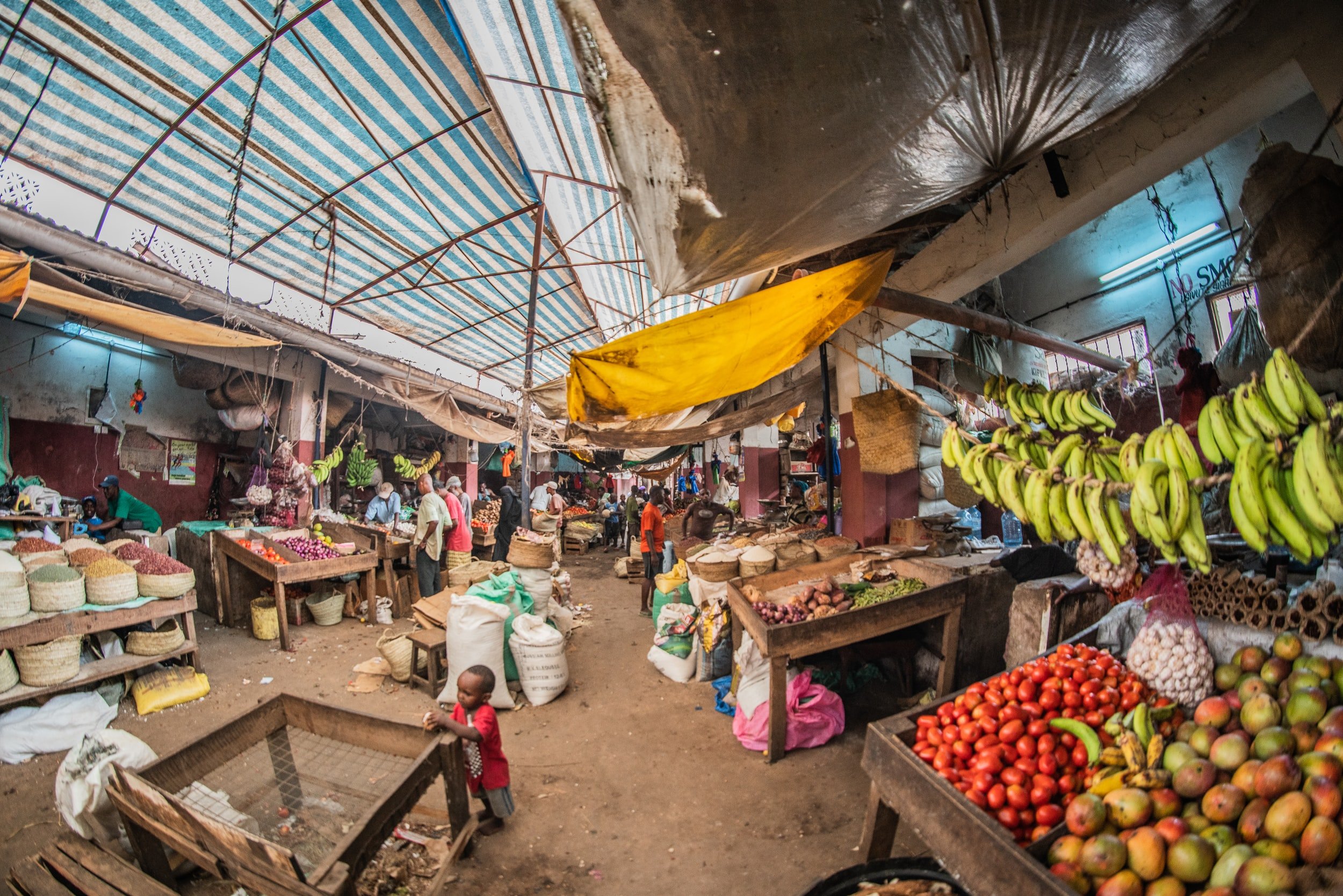Sowing the Seeds of Regional Agricultural Trade in East Africa
With the Covid-19 pandemic stretching into its third year, strained supply chains—for everything from microchips to shipping containers—have kept global trade tepid. But while unmet demand for durable goods, like computers and automobiles, may be driving prices higher, the human toll of these inflationary pressures pales when measured against another kind of threat—the lagging supply of staple foods.
A 46 percent shortfall in Kenya’s bean supply is raising concerns that nutritional outcomes—especially among smallholder farmer communities, which rely on the staple—may begin to suffer.
In East Africa, even as legume yields in places like Ethiopia, Tanzania, and Uganda remain high, regional demand, especially for beans, continues to outstrip supply. That’s because farmers have limited access to the high quality seeds and other inputs they need to enhance their productivity.
Adding to the supply problem, say observers, is the high cost of accessing neighboring markets. In Kenya, for example, trade barriers have squeezed some agricultural imports and led, in part, to a 46 percent deficit in the country’s bean supply. The shortfall is raising concerns that nutritional outcomes—especially among smallholder farmer communities, which rely on the staple—may begin to suffer.
That’s according to experts on hand at a January 25, 2022 meeting of the Strategic Partners Group—a brain trust of donors, donor implementing partners, private sector associations, and companies that are exploring ways to boost food security through intra-regional trade.
The January 25 meeting, the group’s seventh, zeroed in on two inter-related barriers to regional trade: getting seeds to the farmers who need them and making sure there are common standards for safe pesticide use. Getting there will take “regulatory harmonization,” including standard names for seed varieties and mutual recognition of seed and pesticide registrations.
Although existing labeling conventions, for example, can help overcome some of these barriers (one of the meeting’s approximately 50 participants cited the naming system used by the Common Market for Eastern and Southern Africa, or COMESA), getting private-sector investors to adopt them remains a challenge.
That’s why Policy LINK’s East Africa trade activity has been working with stakeholders, like the Strategic Partners Group, to help design sustainable strategies for kickstarting trade, especially in agriculture. Through “co-creation,” the USAID program is engaging a task team to come up with solutions crafted for specific sectors, where the value proposition for business investors can be clearly articulated.
Learn more about Policy LINK’s work in East Africa here.
Resources
Check out resources from the Kenya Country Dialogue, the Uganda Country Dialogue, and the Zambia Country Dialogue.

